
Precision Balances and Scales
Accurate and Precise Weighing Equipment for the Laboratory and Manufacturing
A precision balance is an accurate, robust weighing instrument with capacities from 120 g to 64 kg, and readabilities from 1 g to 0.1 mg. Lower readability models have a draft shield to ensure the best performance, while high-capacity models have a large weighing pan to accommodate heavy loads. Precision balances are used in a variety of applications in the lab and in manufacturing environments, including sample and standard preparation, formulation, statistical quality control, and counting.
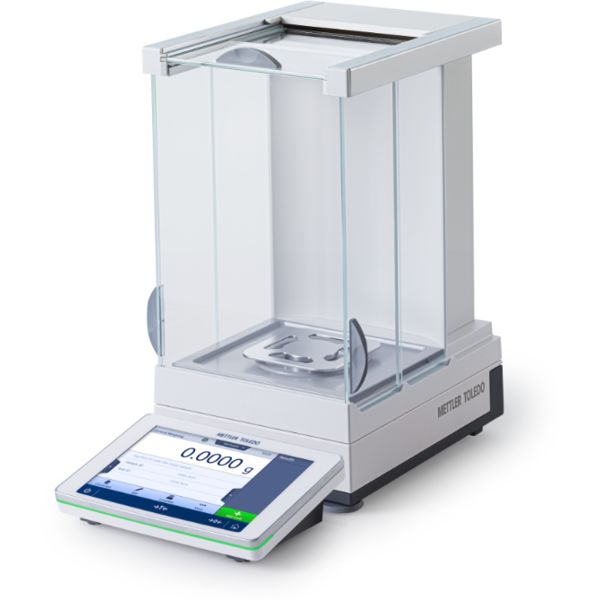
Balance XPR204S
Exceptional results and smart quality assurance. 210 g capacity; 0.1 mg readability; integrated methods; results notepad; SmartPan ProTM; user passwords; 4 x USB; 1 x LAN; error-free data transfer; label editing; easy cleaning; LabX compatible.
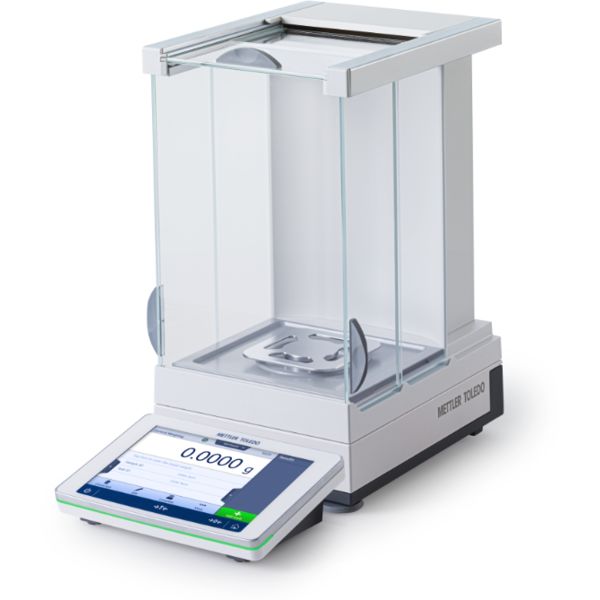
Balance XPR404S
Exceptional results and smart quality assurance. 410 g capacity; 0.1 mg readability; integrated methods; results notepad; SmartPan ProTM; user passwords; 4 x USB; 1 x LAN; error-free data transfer; label editing; easy cleaning; LabX compatible.
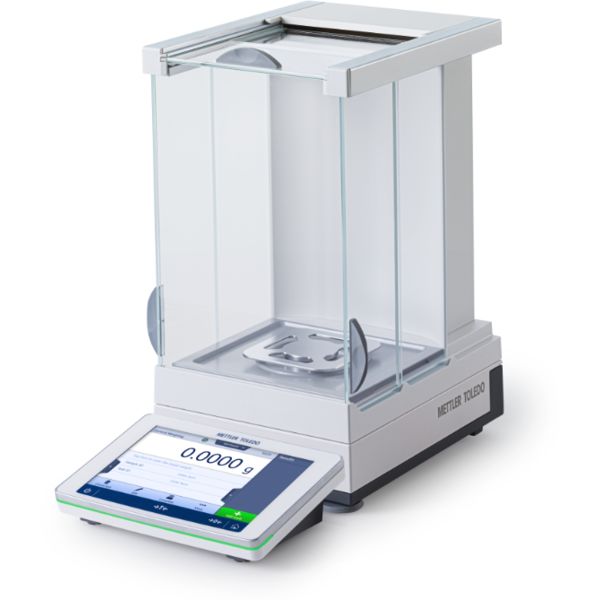
Balance XPR504S
Exceptional results and smart quality assurance. 510 g capacity; 0.1 mg readability; integrated methods; results notepad; SmartPan ProTM; user passwords; 4 x USB; 1 x LAN; error-free data transfer; label editing; easy cleaning; LabX compatible.
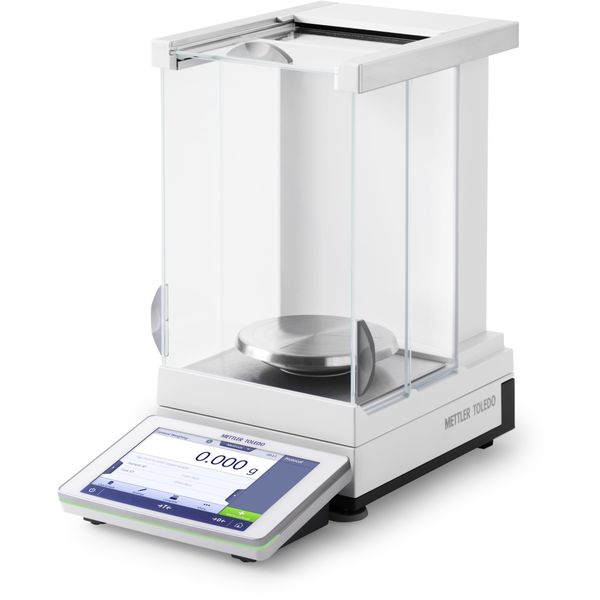
Comparator XPR2004SC
It comes with 2,300 g capacity and 0.1 mg readability. The main benefits are: Highly accurate Mass Determination, Minimized Weighing Errors, Secure Data Transfer and highly ergonomic Operation.
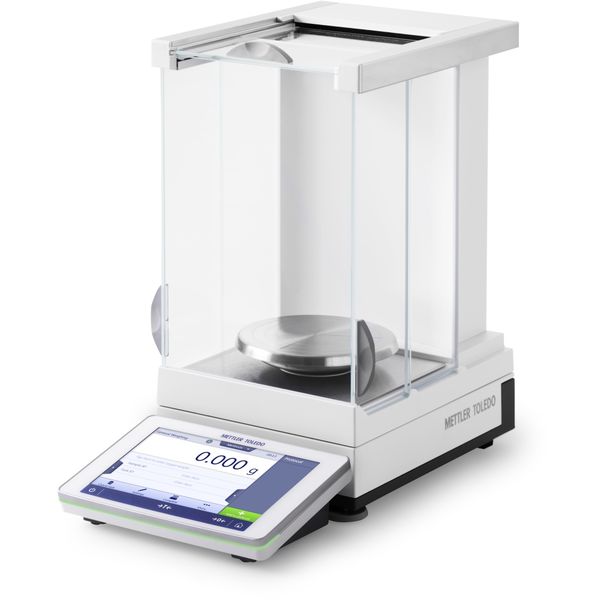
Comparator XPR5004SC
It comes with 5,100 g capacity and 0.1 mg readability. The main benefits are: Highly accurate Mass Determination, Minimized Weighing Errors, Secure Data Transfer and highly ergonomic Operation.
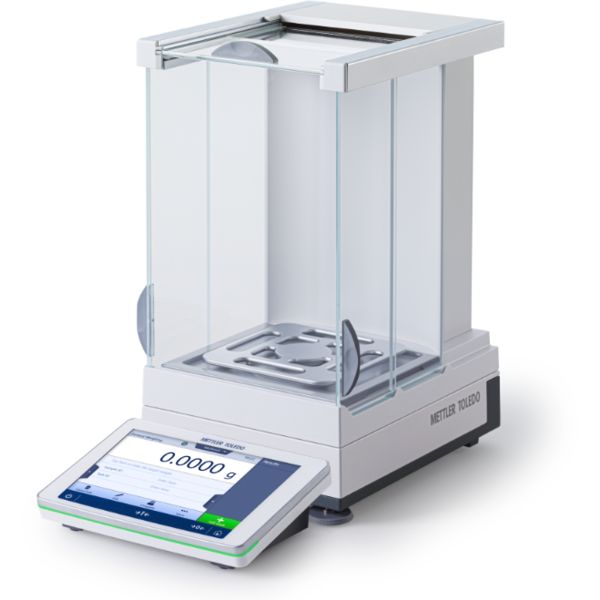
Balance XPR3004SD5
Exceptional results and smart quality assurance. 3.1 kg capacity; 0.5 mg readability; integrated methods; results notepad; SmartPan ProTM; user passwords; 4 x USB; 1 x LAN; error-free data transfer; label editing; easy cleaning; LabX compatible.
Advantages of METTLER TOLEDO's Precision Balances
Do you want your balance to perform at its best? Get it serviced by the market leader
Do you want your balance to perform at its best? Get it serviced by the market leader
FAQ - Precision Balances
- What is a precision balance?
- Do precision balances and precision lab scales need draft shields?
- Why are precision balances important?
- Where are precision balances and precision scales used? What are the application areas of precision balances?
- Where can I find the specifications of METTLER TOLEDO precision balances?
- What is the accuracy of precision balances?
- Which readability do precision balances have?
- How does a precision balance or precision scale function?
- What is a high performance precision balance?
- How to weigh a sample on a precision balance?
- What is the difference between zero and tare?
- How to choose the best precision balance for laboratory and manufacturing applications?
- What makes precision balances ideal for harsh environments?
- What is the smallest load I can weigh on my precision balance?
- What is the maximum load I can weigh on my precision balance?
- Why do I need to level my precision balance?
- How do I level my precision balance?
- Can I operate my precision balance in a fume hood? Can air drafts influence my results?
- Can temperature have an influence on my precision balance or precision scale?
- Precision balance calibration, adjustment and routine tests – who should do what, when and why
- What quality assurance features does my XPR precision balance have?
- How do I clean my precision balance/precision scale?
- What is the range of a precision balance or precision scale?
- What is overload protection on my precision balance?
- Is my precision balance Legal-for-Trade?
- Which precision balance model is suitable for weighing large loads and bulky items?
- Can I weigh bulky items below my precision balance?
- Can I use my precision balance touchscreen while wearing gloves?
- What is the minimum weight of my precision balance?
- How can I transfer my precision weighing results to a PC or other computer?
- Do I need to calibrate my precision balance?
- How often do I need to calibrate my precision balances?
- What is the difference between a precision balance and an analytical balance?
- What are the different types of precision balances?
- How to perform routine testing on a precision balance?
- How often do I need to test my precision balance?
- What is the performance of a precision balance?
- How often should I service my precision balance?
- How to use my precision balance in a sustainable way?
- How much power do precision balances consume?
- For which lab applications can I use my precision balance?
- What type of packaging is used for my precision balance?
- How do I transfer data from my precision balance into Excel?
- What is the precision balance level bubble and what is it used for?
- Where can I find the level bubble on my precision balance?
- What are the different precision balance levels offered by METTLER TOLEDO?
What is a precision balance?
A precision balance is a weighing instrument with a readability between 1 g and 0.1 mg (0.0001 g), corresponding to 0-4 decimal places, and capacities of up to 64 kg. With this range, precision balances are used in both laboratory and production environments. Precision balances are used in a wide variety of industries and applications, including preparation of samples, statistical quality control and formulation, to weigh from just a few grams up to many kilograms.
 |
Do precision balances and precision lab scales need draft shields?
Precision balances and precision lab scales produce steady readings in a wider range of environmental conditions than analytical balances. This is because the weighing cell of a precision scale or balance is less sensitive to temperature fluctuations and air currents.
While a draft shield is not usually necessary when using a precision balance with 1 or 2 decimal place readability under standard precision weighing conditions, it can help when working in a fume hood because it protects the precision weighing cell from the internal air flow. 1 mg and 0.1 mg precision balances have a highly sensitive weighing cell and are thus more susceptible to air drafts. A draft shield helps to maintain performance. In fact, many 1 mg and 0.1 mg readability precision balances are fitted with a draft shield as standard.
However, METTLER TOLEDO's Excellence level precision balances and precision scales have the innovative SmartPan weighing pan. The SmartPan weighing pan has been cleverly designed to minimize the effects of air currents on the precision weighing cell. This has improved repeatability by up to 86% and also enables you to use 1 mg precision balances without a draft shield under standard weighing conditions. When working in a fume hood or safety cabinet, 5 mg and 10 mg precision balances with the SmartPan weighing pan deliver results up to twice as fast as models without SmartPan.
Read more in our white paper: Outstanding Weighing Performance – Even Under Harsh Conditions.
Why are precision balances important?
A precision balance typically has a higher capacity than other balances. This allows to accurately weigh samples up to 64 kg, which is why precision balances are used for multiple applications in the laboratory and in production. The combination of high capacity and rugged construction makes precision balances ideal for harsh environments.
 |
Where are precision balances and precision scales used? What are the application areas of precision balances?
Precision balances and precision lab scales are widely used in the laboratory and in production for many daily tasks where precision weighing is required including:
- Weighing items and samples
- Sample preparation
- Piece counting
- Statistical quality control
- Formulation
- Sieve analysis
- Differential weighing
- Dynamic weighing
- Interval weighing
Precision balances are used in general laboratories, research and development, and quality control in a wide range of industries, including chemical, pharmaceutical, food, textiles, metals, plastics, and academia. High-capacity precision balances and precision scales with capacities of 10 kg or more are available with a large weighing platform to accommodate larger loads. These high-capacity top loading balances are often used in aggregate, pharmaceutical, chemical, and adhesive formulation applications.
Watch our video to see how METTLER TOLEDO precision balances can simplify your formulation tasks: Formulation Development and Producing Accurate Formulations.



































